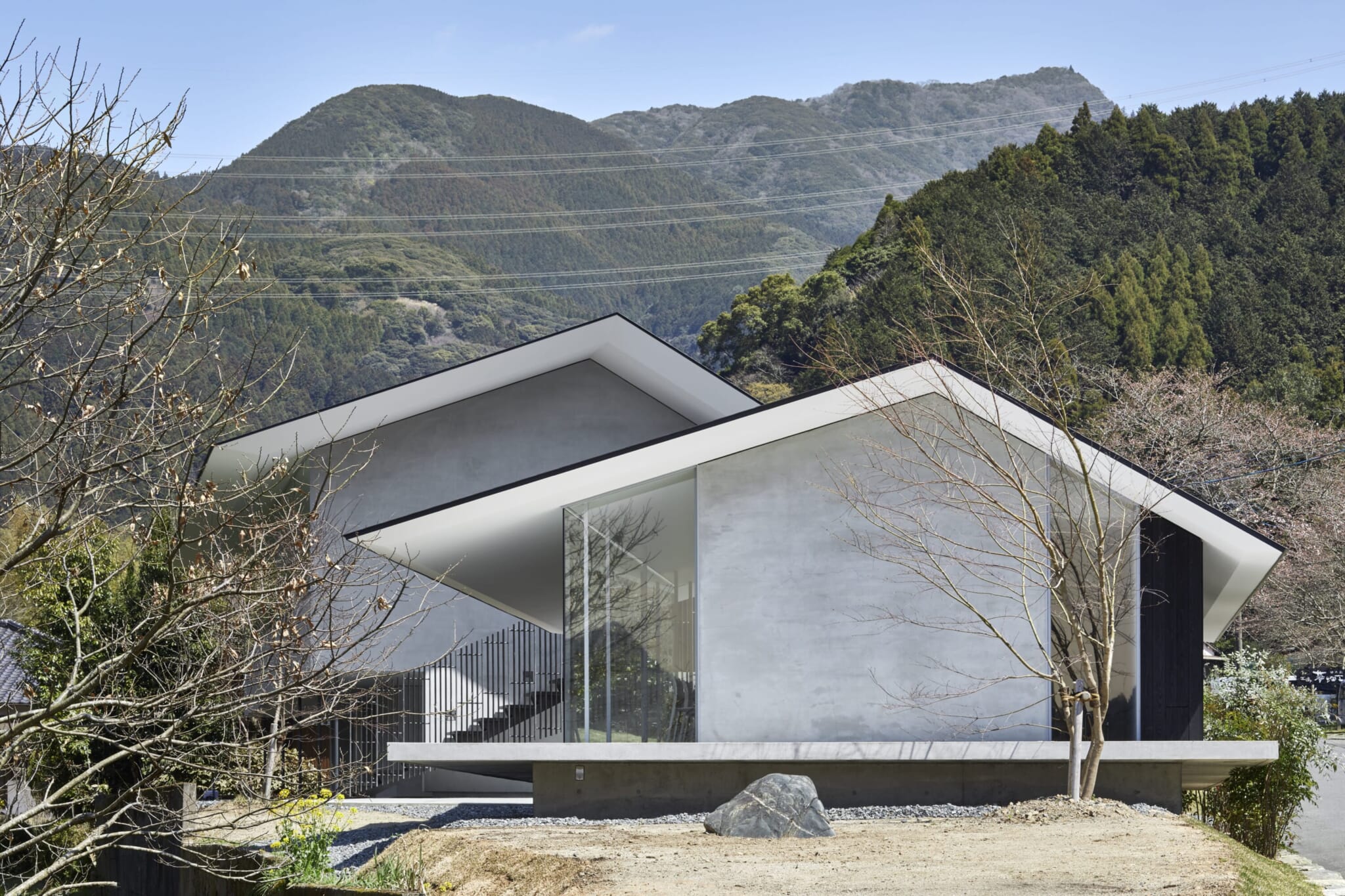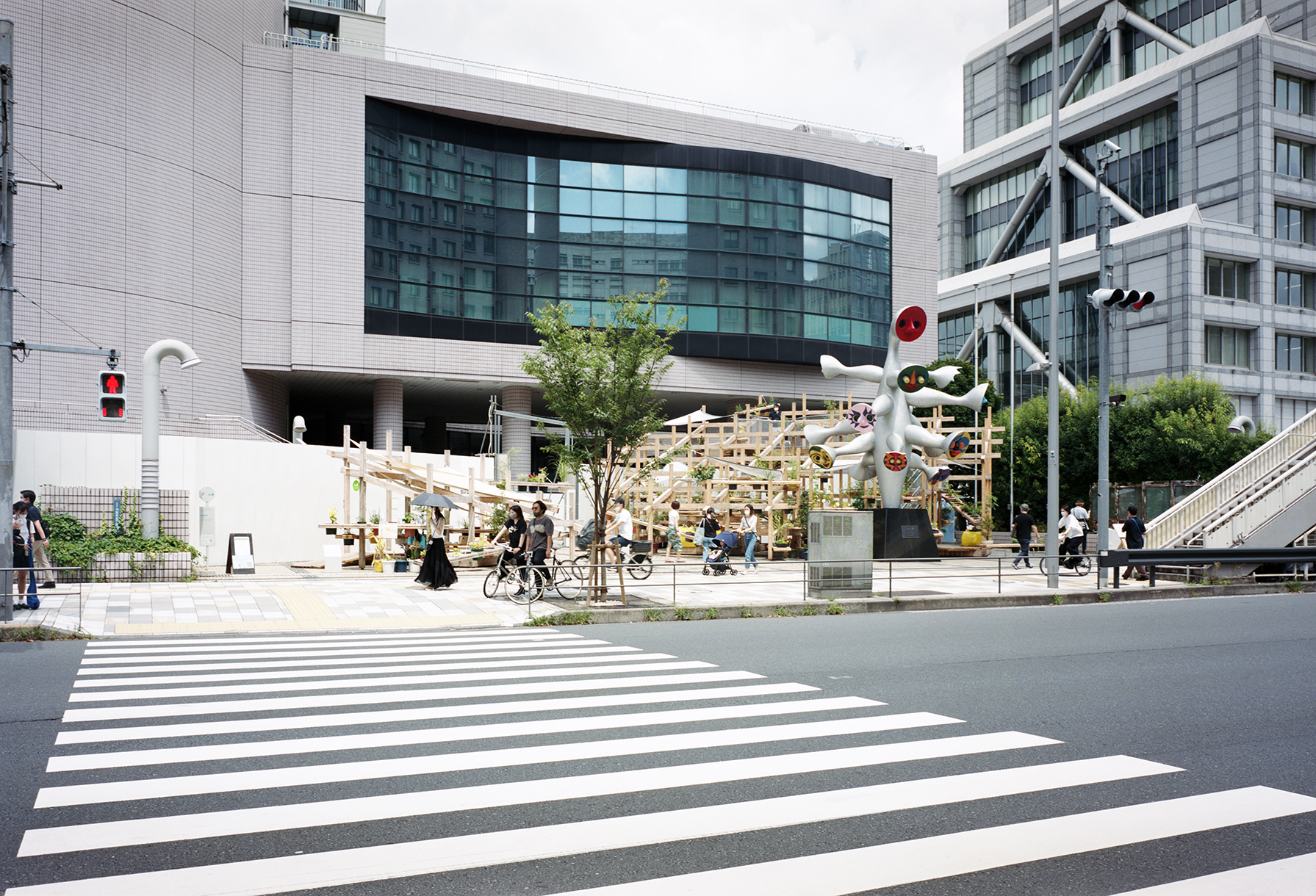
PAVILION TOKYO © Yurika Kono
1. Teppei Fujiwara
Teppei Fujiwara is a former employee of Japanese architecture giant Kengo Kuma and Associates (KKAA). Whereas Kuma is a global superstar and is often involved in huge projects, Fujiwara has positioned himself more in the sphere of viewing architecture more as theater and as playing a role in social impact. A quiet and gentle man, Fujiwara works with his team in a studio in the backstreets of Harajuku and is involved in a multitude of projects in and around Tokyo and elsewhere in Japan.
A great believer in the practice of architecture assisting communities, in a previous article about Fujiwara we wrote, “Greatly influenced by the philosophy of Hegel, who believed that art can encompass everything from architecture and sculpture to paintings, music and literature, Fujiwara would go one further to include urbanism, civil engineering, agriculture and perhaps even the city itself. His work with projects throughout rural Japan engages in these concepts, with Fujiwalabo working with diverse communities, individuals and professions.”
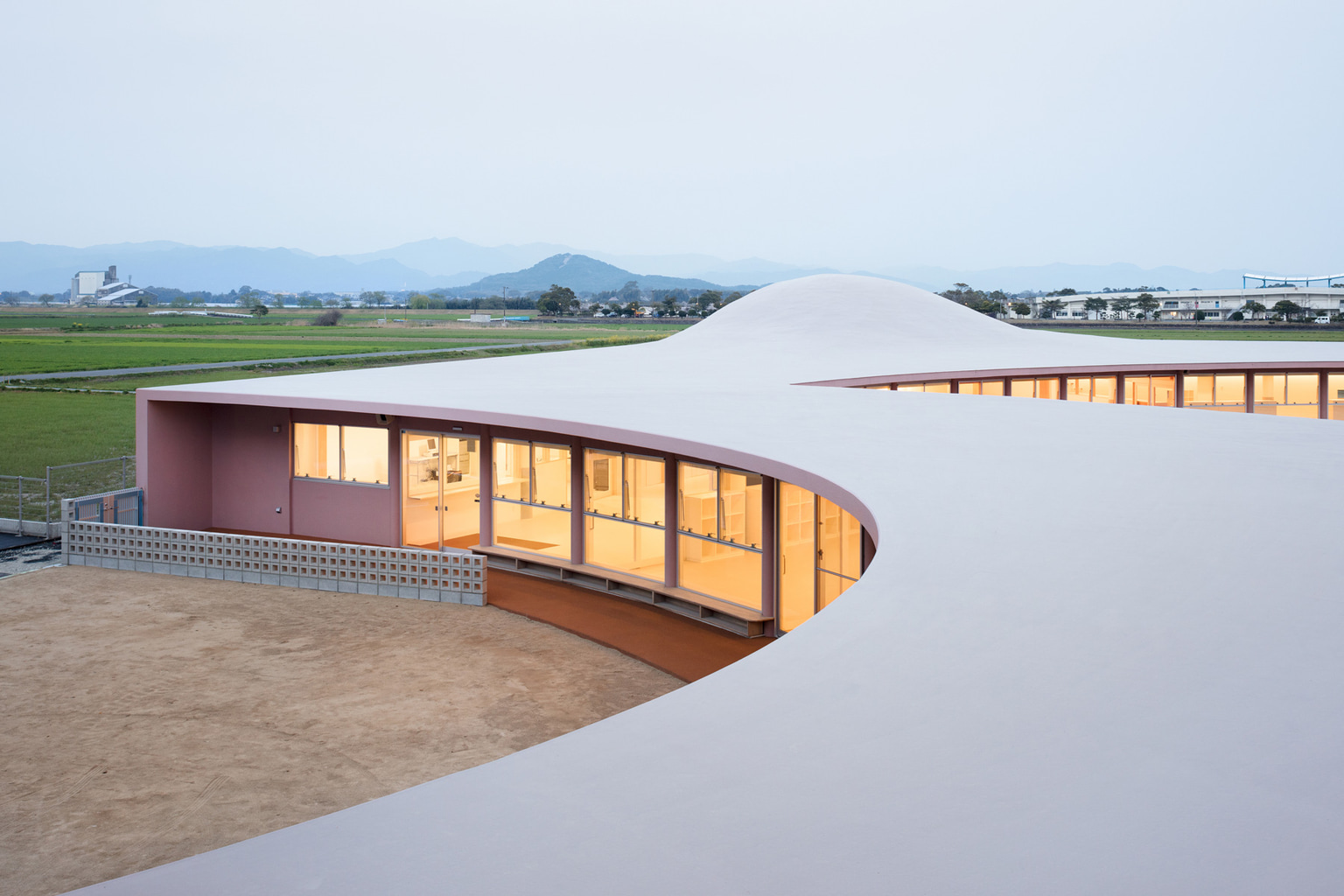
Subaru Nursery
2. Ryuji Fujimura
Similar to Teppei Fujiwara in some ways, Ryuji Fujimura isn’t just an architect. He’s a curator, editor, social visionary and builder of communities. TW spoke to Fujimura in the summer of 2022 at his offices in the backstreets of Ueno about his role and what he sees as the practice of architecture in modern times. “Architecture and design depend on community and pretty much community depends on architecture,” said Fujimura in our interview together.
The architect centers his vision around the Japanese version of town planning named machizukuri, in which “the central pillars are to bond, bridge and create communities who aim to be involved in government decision-making. Machizukuri utilizes techniques such as town meetings, consensus building, negotiation, information and opinion sharing and forms of local leadership.”
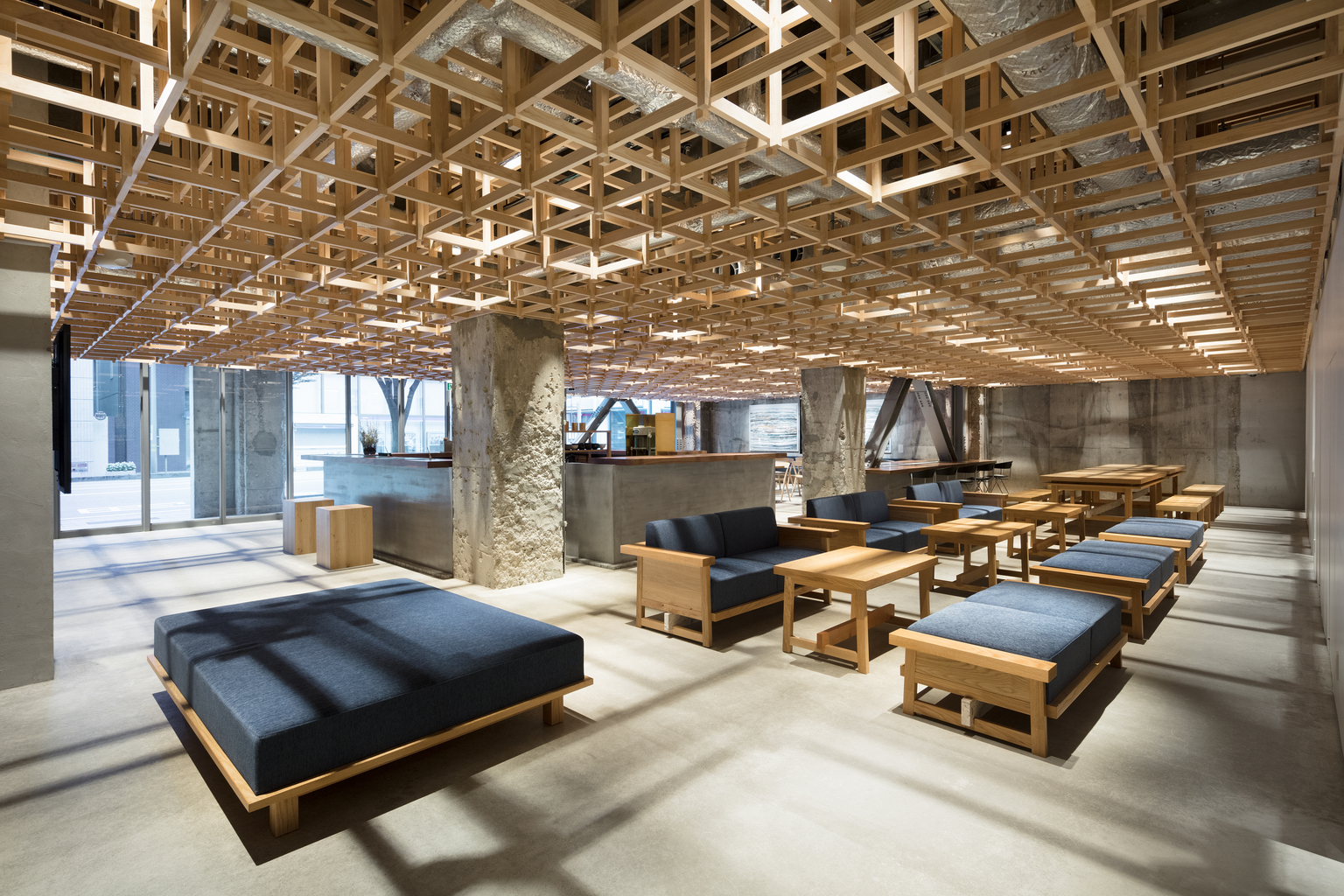
Kumu Kanazawa
3. Yusuke Seki
Yusuke Seki is an anomaly in this group as he is considered more of a spatial architect. The Kobe native was driven to be an architect by bearing witness to the devastating 1995 Great Hanshin earthquake and by a desire to rebuild his hometown and similar areas. He is also a storyteller and prefers to incorporate buildings’ history when designing. His intention when creating structures is “to expose the spatial relationship with time. Showing its previous incarnations and uses. Every building has a story, its own narrative which is laid open for all to see and appreciate.”
Often working within the fashion and retail industry, we wrote, “Seki’s body of work then plays on the idea of spatial palimpsests, where the viewer can explore the space’s past, its former functionality and its history while simultaneously appreciating the present and perhaps even the future. He likes to view his projects as unfinished, always ongoing.”
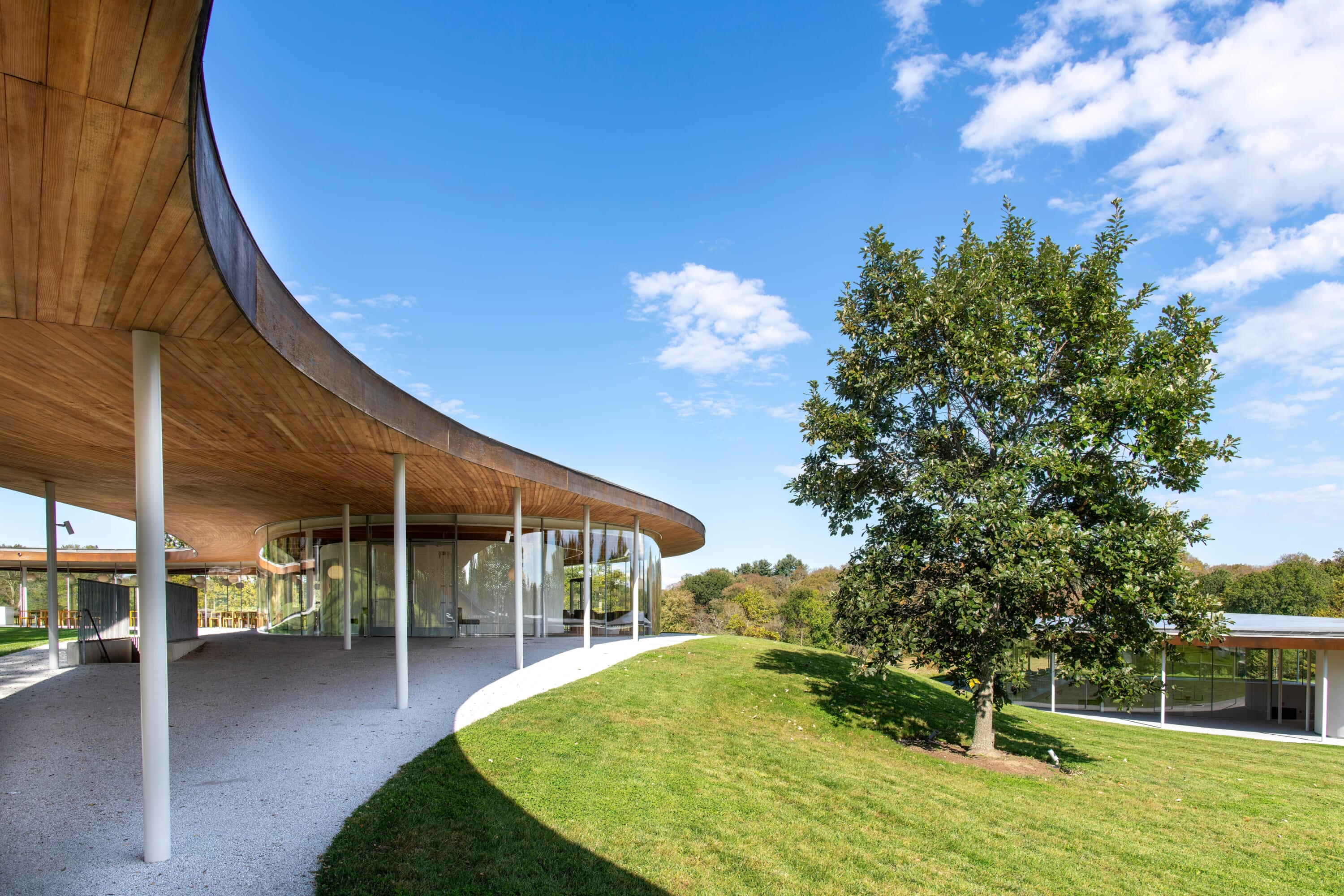
SANAA
4. SANAA
Founded and spearheaded by Kazuyo Sejima and Ryue Nishizawa, SANAA is one of the world’s most acclaimed and progressive architecture firms. It won the prestigious Pritzker Prize in 2010 and is, rightly, known as one of the top architecture companies working in the 21st century. SANAA, which stands for Sejima and Nishizawa and Associates, was established in 1995 with the pair being responsible for some stunning and genuinely progressive works, including the 21st Century Museum of Contemporary Art in Kanazawa, Zollverein School of Management and Design in Essen, Germany and the Serpentine Gallery Pavilion in London.
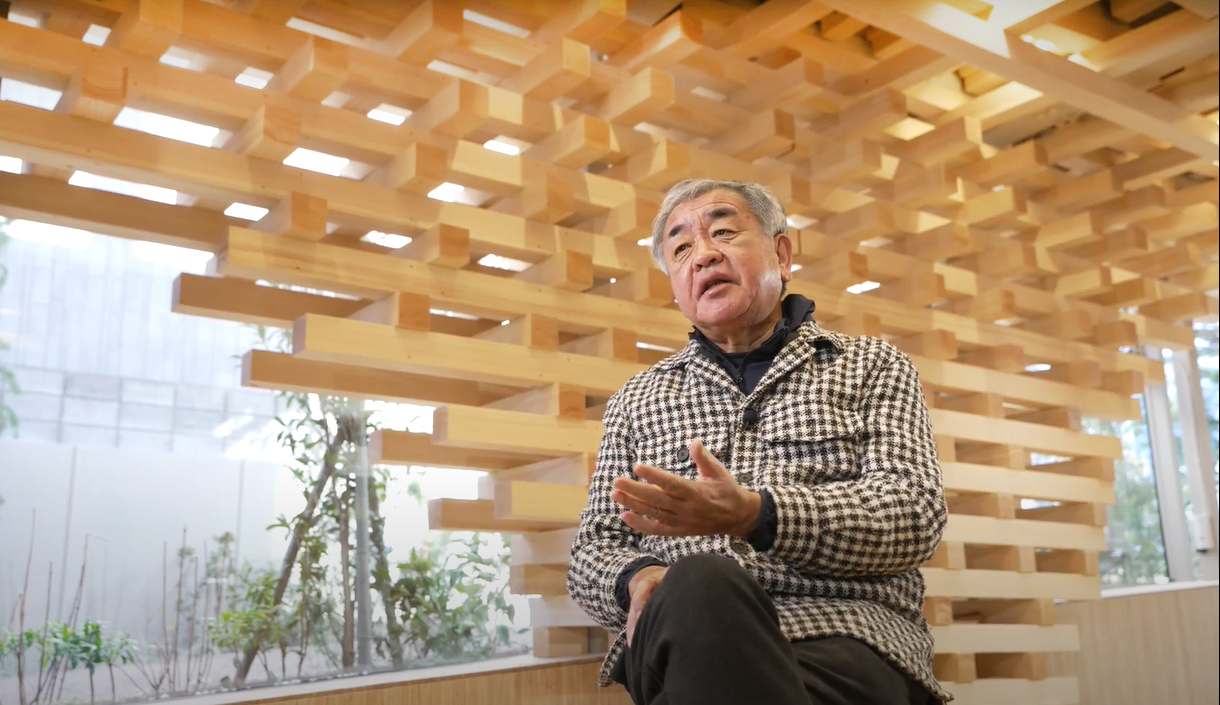
Kengo Kuma
5. Kengo Kuma
The Yokohama-born architect is probably one of the most well-known figures in contemporary global architecture. With acclaimed works located all over the world, including the superb V&A Dundee in Scotland, Kuma is quite rightly considered an icon and a true visionary. TW has covered the great work of Kuma before and the man behind the Japan National Stadium, the main location for the 2020 Tokyo Olympics, is a firm believer in the use of wood. “If maintained properly, wood can last centuries,” said Kuma in an interview with TW in 2021. Kuma’s stock continues to rise and the man who was included in Time magazine’s list of most influential people in the world in 2021, seems to go from strength to strength with each passing year.

